Nikon Nikkor Z 70-200 mm f/2.8 VR S
4. Image resolution
Let's see how the Nikkor Zá70-200ámm f/2.8áS compares; its results, reached in the frame centre at 70, 135, andá200ámm, presents a graph shown below.
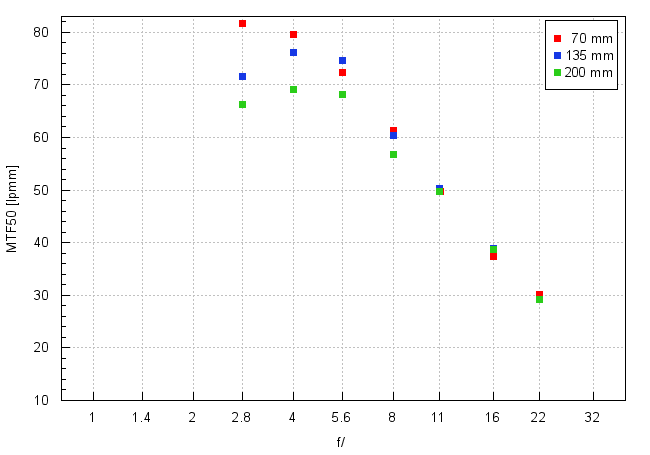
A sensational performance at 70 mm sticks out at once, with excellent resolution values ahcieved up from the maximum relative aperture. In this place exactly the lens reaches over 80 lpmm, a result no good quality prime would be ashamed of.
Please Support UsIf you enjoy our reviews and articles, and you want us to continue our work please, support our website by donating through PayPal. The funds are going to be used for paying our editorial team, renting servers, and equipping our testing studio; only that way we will be able to continue providing you interesting content for free. |
- - - - - - - - - - - - - - - - - - - - - - - - - - - - - - - - - - - - - - - - - - - - - - - -
The results at the longer end of the focal spectrum are a bit lower but still they remain beyond reproach. In the case of the 135 mm focal length you deal with a very good level of almost 72 lpmm reached already by f/2.8; it increases to over 76 lpmm by f/4.0. Once again it is a value that would be considered good even in case of a prime lens.
After applying the 200 mm focal length you don't approach 70 lpmm anywhere but you are close – by f/2.8 the MTF50 function values get to over 66 lpmm and by f/4.0 they are able to exceed slightly 69 lpmm.
Overall the performance of the Nikkor Z 70-200 mm f/2.8 S in the frame centre I assess higher than the similar performance of its system 24-70 mm f/2.8 brother.
Now let's check how the tested lens deals on the edge of the APS-C/DX sensor – an appropriate graph you can find below.
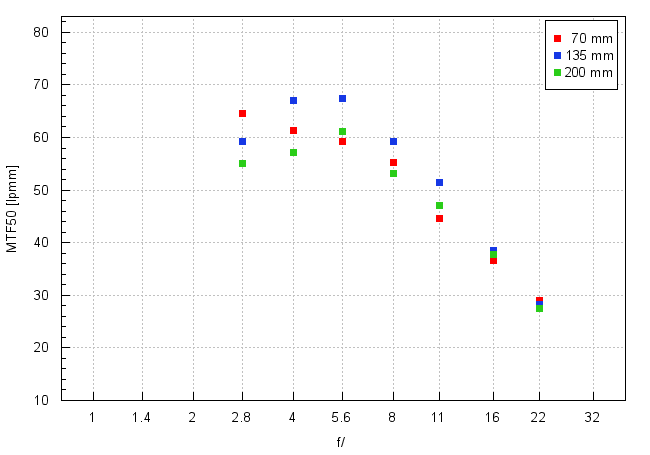
There is a lot of reasons to praise the lens also in this area. You get results on a level of 60-70 lpmm across the focal range and from f/2.8 to f/5.6 so in an aperture range that will be used the most often. Such results guarantee you a very high image quality. You can say the tested Nikkor doesn't have any weak points.
Now let's check the situation on a very demanding edge of full frame.
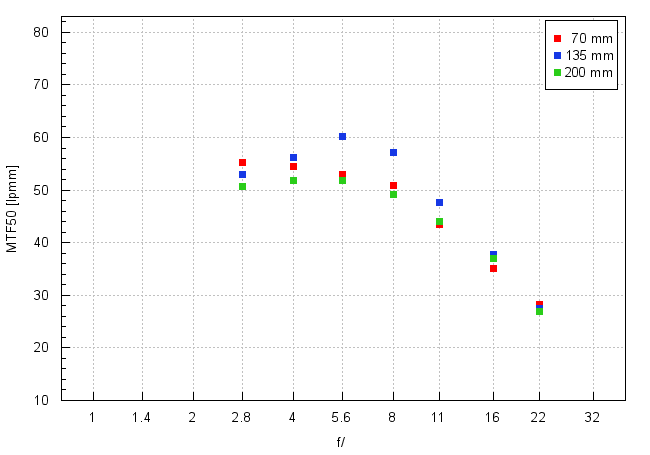
The resolution values are lower because only at the 135 mm focal length you see a level of 60 lpmm. Still the results are quite even and at the maximum relative aperture the lens is able to exceed 50 lpmm for all focal lengths. Such a performance guarantees a sensible image quality and provides no reasons to complain.
To sum up, the Nikkor Z 70-200 mm f/2.8 S fares exactly as you would expect from a high quality journalistic lens. It delivers an excellent image quality in the frame centre, a decent sharpness on the edge, and manages to avoid any slip-ups – a round of applause!
At the end of this chapter, traditionally, we present crops taken from photos of our resolution testing chart which were saved as JPEG files along the RAW files, used for the analysis above
| Nikon Z7, JPEG, 70ámm, f/2.8 |
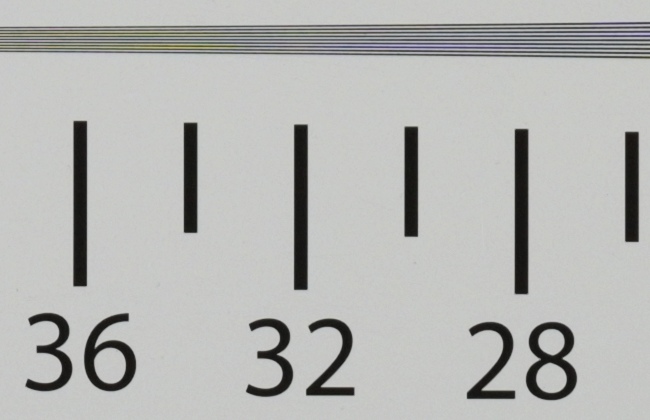 |
| Nikon Z7, JPEG, 200ámm, f/2.8 |
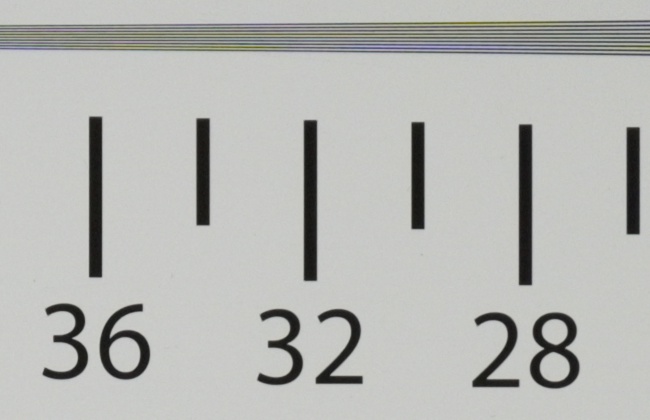 |






